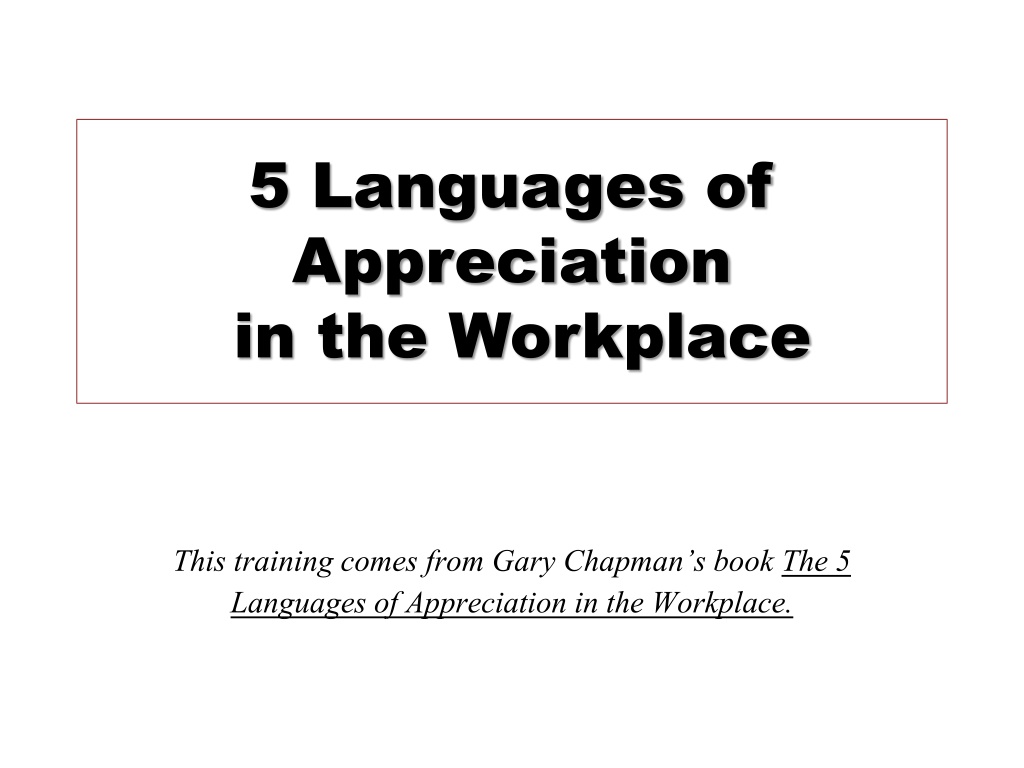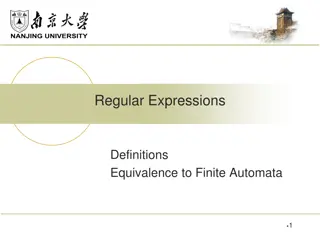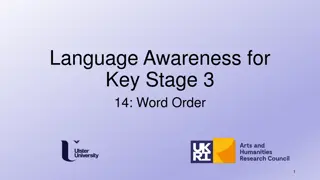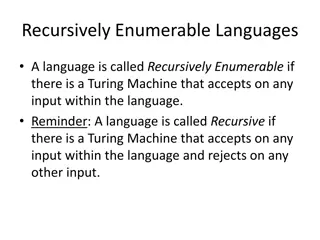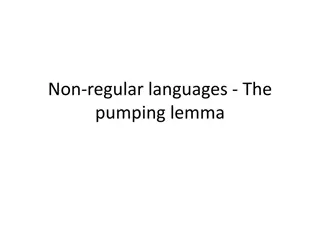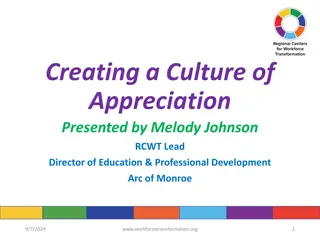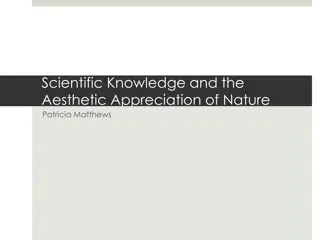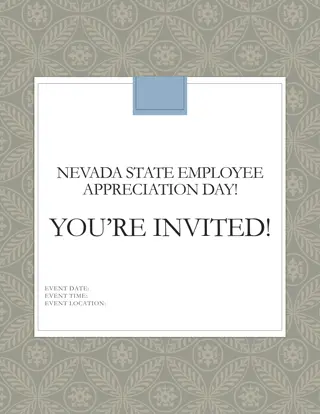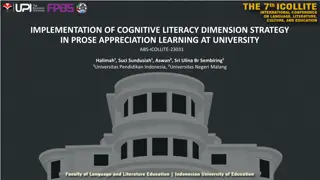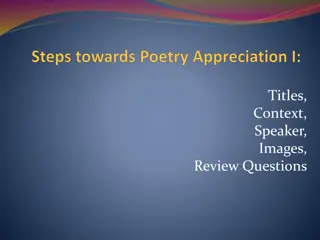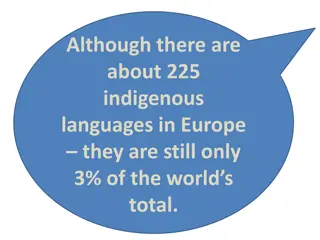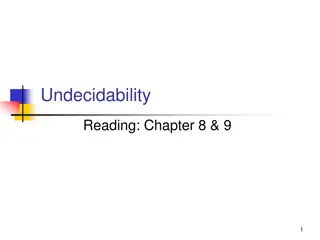Understanding the 5 Languages of Appreciation in the Workplace
This training delves into Gary Chapman's book "The 5 Languages of Appreciation in the Workplace," emphasizing the importance of personalized and authentic appreciation at work. It explores the languages of Words of Affirmation, Quality Time, Acts of Service, Tangible Gifts, and Physical Touch, highlighting how individuals can feel valued through various means of recognition. Featuring insights from Steven Covey on the significance of psychological validation, this resource encourages tailored appreciation to meet individuals' needs effectively.
Uploaded on Sep 29, 2024 | 0 Views
Download Presentation

Please find below an Image/Link to download the presentation.
The content on the website is provided AS IS for your information and personal use only. It may not be sold, licensed, or shared on other websites without obtaining consent from the author. Download presentation by click this link. If you encounter any issues during the download, it is possible that the publisher has removed the file from their server.
E N D
Presentation Transcript
5 Languages of Appreciation in the Workplace This training comes from Gary Chapman s book The 5 Languages of Appreciation in the Workplace.
5 Languages of Appreciation Words of Affirmation Quality Time Acts of Service Tangible Gifts Physical Touch
Steven Covey, author of The 7 Habits of Highly Effective People states: Next to physical survival, the greatest need of a human being is psychological survival, to be understood, to be affirmed, to be validated, to be appreciated.
For appreciation to truly be effective in must be individualized, personal, genuine and authentic. Platinum Rule Appreciate people in the way that they want to be appreciated. Not in the way that you might want or in the way that is most comfortable for you.
Language #1 WORDS WORDS OF AFFIRMATION OF AFFIRMATION This is the language that uses words to communicate a positive message to another person. When you speak this language, you are affirming a positive characteristic about a person.
Dialects three different ways of using words to affirm Praise for Accomplishment Affirmation for Character (Focus on the who not the do ) Affirmation for Personality
Language #2 Quality Time Quality Time This is the language that uses giving a person your undivided attention. The key element of quality time is not proximity but personal attention.
Dialects four different ways of using quality time to affirm Quality Quality Conversation Conversation : empathetic dialogue thoughts, feelings, uninterrupted, create a safe environment maintain eye contact, don t multitask, listen for feeling as well as thoughts, affirm feelings, observe body language, refuse to interrupt Shared Experiences: invited to participate in activities Small Group Dialogue: sharing ideas and suggestions Working in Close Physical Proximity to Accomplish a Project: making a difference together and/or contributions valued by others Who? Where? When?
Acts of Service Acts of Service This is the language that expresses a sincere desire to help with a cheerful attitude . Don t tell me show me!
Tangible Gifts This is the language that uses giving a person a tangible gift/reward. (not necessarily monetary)
Most effective when the gift shows that the giver has spent time and energy thinking about the gift. Be sure the gift is something that will actually be valued by the receiver. Giving a gift to someone who doesn t really appreciate gifts has little impact or some time can create an offense. Time off or gift cards can be effective
Physical Touch This is the language, when appropriately used, that can demonstrate: a sense of trust connectedness affirmation and caring What does appropriate physical touch look like in your work setting?
Blind spot: a language we dont speak something we don t know we don t know. We don t value this language. Assume others don t either Work hard but people still don t feel appreciated. It doesn t count
